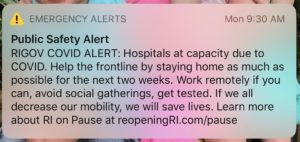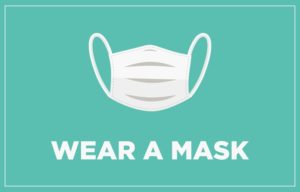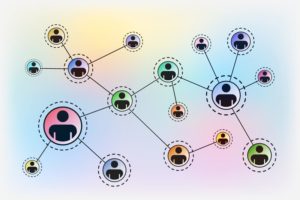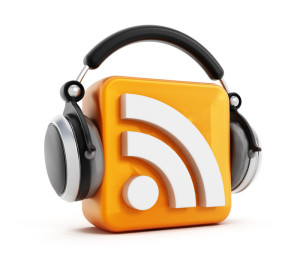On December 14 with the first frontline workers in the U.S. starting to receive the vaccine there was great optimism and hope that we had entered a new chapter of this pandemic. But six weeks later over 100,000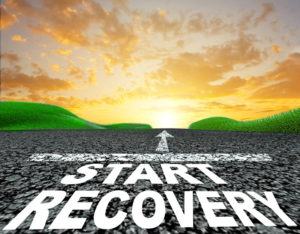 more people have died of COVID-19 and only 16.5M of the total 36M vaccine doses distributed have been administered. 5% of the U.S. population has been vaccinated though only 2.1M people have received the full two doses.
more people have died of COVID-19 and only 16.5M of the total 36M vaccine doses distributed have been administered. 5% of the U.S. population has been vaccinated though only 2.1M people have received the full two doses.
On Tuesday night, on inauguration eve, the new administration held a National Moment of Unity and Remembrance. A simple ceremony in front of the Lincoln Memorial to mourn and honor the over 400,000 people who have lost their lives to COVID-19 in less than a year. President Joe Biden and Vice President Kamala Harris spoke briefly, an ICU nurse from Michigan sang Amazing Grace, and 400 beams of light were lit up along the reflecting pool in front of the Washington Monument – one for every 1000 lives lost. Across the country bells tolled and buildings were lit up. It was a simple yet moving and much needed moment for all of us.
Five hours after President Biden took the oath of office on Wednesday, he was signing his first set of executive orders. Three of them including the very first were directly aimed at the pandemic – “100 days masking challenge”, rejoining the World Health Organization (WHO), and creating the position of COVID-19 response coordinator. Dr. Anthony Fauci is the U.S. representative to the WHO executive board and joined his first call on Thursday. Jeff Zients, who served as chief performance officer under President Barack Obama and led the rescue of HealthCare.gov, has begun his work as the COVID-19 response coordinator. Zients is “ready to manage the hell out of it”, as Biden said last Friday.
The new administration is getting right to work, and the pandemic is a top priority. A National Strategy for the COVID-19 Response and Pandemic Preparedness was released yesterday. Continue reading



